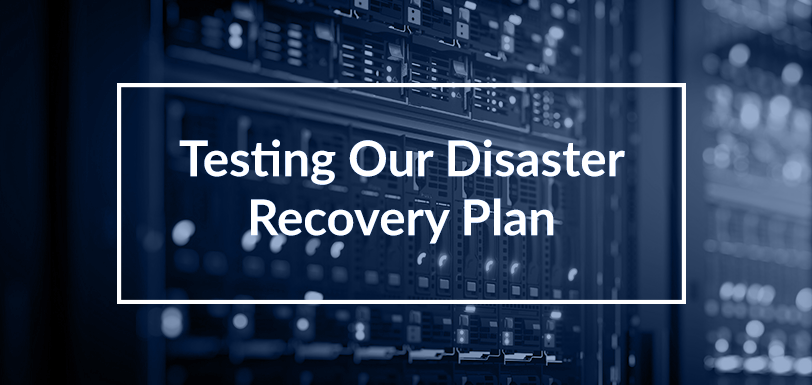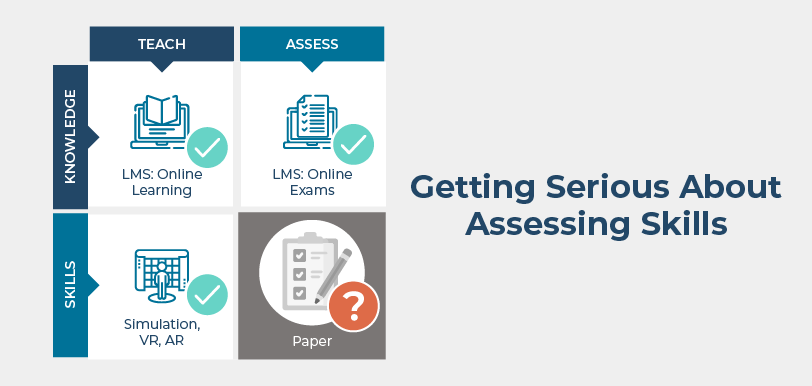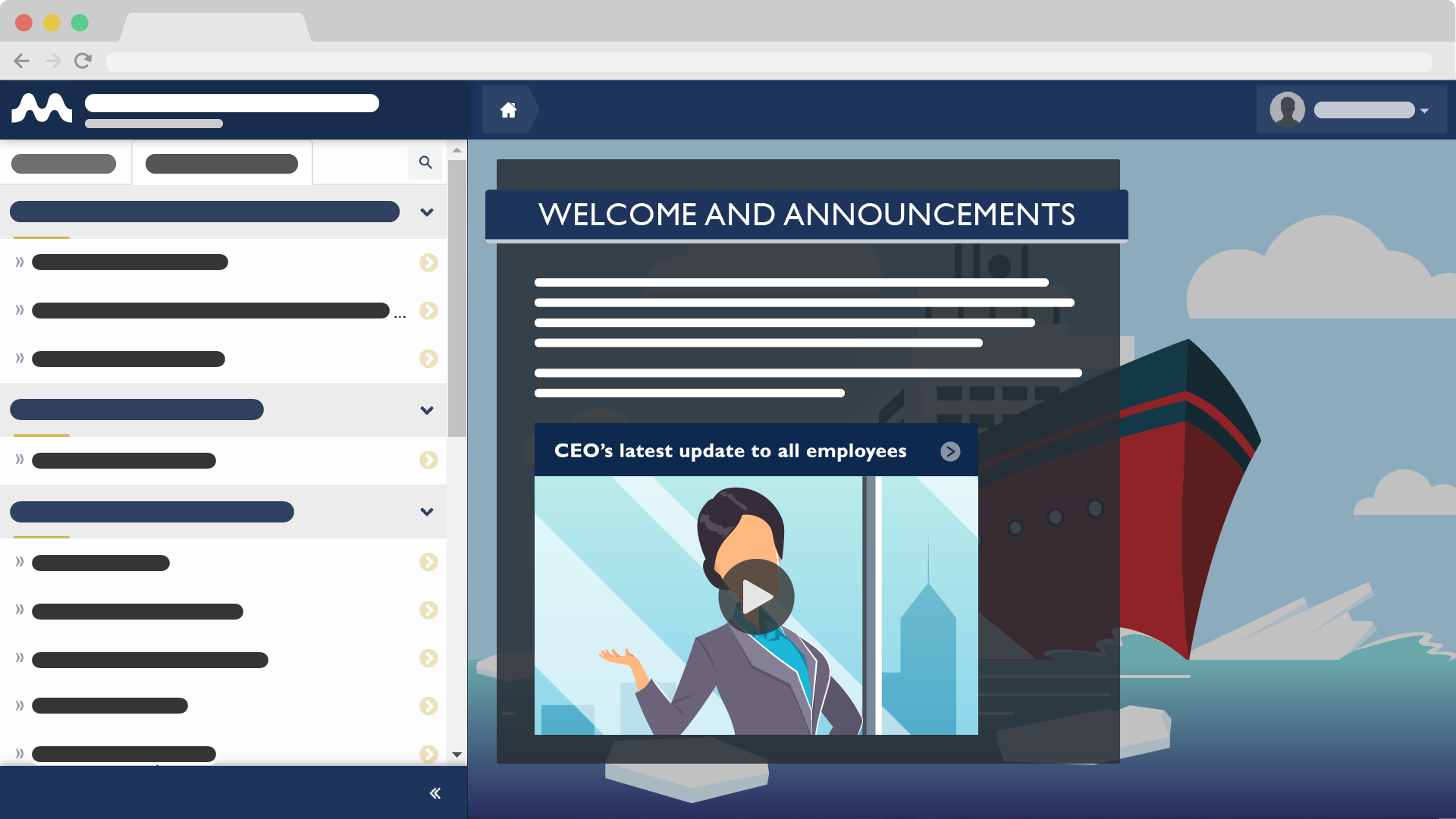4 Tips on How to Implement a Maritime Self-Study Program
Jul 28, 2015 Murray Goldberg 0 Self-study, TipsThe following article highlights the actionable insights found in a blog post I wrote previously on Maritime Professional.
Self-study is one of many ways to improve your in-house familiarization processes. There has been extensive research conducted that proves that a well implemented self-study program can improve training outcomes, reduce costs and create an overall excellent training experience. The importance, and effectiveness, of self-study cannot be understated. Which is why I am revisiting this topic to give you some simple tips on how to “do self-study right”. You can read more on the benefits of self-study in this previous blog post.
In this article, I will briefly mention the most significant issues that must be considered if you are contemplating a self-study program at your organisation. Although it is easy to “get it right” by paying attention to a few details, it is also easy to “get it wrong” if you ignore them.
Tip 1. The self-study phase has a concrete objective for the trainee.
It is critical that the self-study phase has an objective that the trainee cannot ignore. This normally means a mandatory exam placed at the end of the phase. For example, at BC Ferries, this exam is called the “summative exam”, where a trainee is not allowed to proceed to the onboard familiarization phase until they have achieved a score of at least 80% on the exam.
Unfortunately, for most students, self-motivation is not strong enough to prompt self-study. You need to provide an external motivational force. Research has shown that a voluntary self-study course will be ignored by most trainees, and for those who do opt-in, they will study the course less effectively.
Tip 2. Clearly state your goals in implementing the self-study program.
The learning materials you use for the self-study portion must be well written, complete and engaging. They should be accompanied by clear instructions about the:
- Importance of the self-study phase
- The goals of the course
- How the course fits into the familiarization process
The goal is to have all your trainees succeed, and this information is contributes to their understanding, and subsequently, their success.
Tip 3. Provide some sort of self-measurement tool for the trainee.
The measurement tool allows the trainee to gauge whether they are succeeding as they go through the self-study phase. This tool is typically a voluntary self-test that is given at the end of each learning module. The questions used in the self-test can be randomized so trainees can take them multiple times. This helps the trainee know, with confidence, when they are ready to take the summative exam.
Tip 4. Have a support network of mentors and/or peers in place for the trainee.
Your trainees should be supported by mentors and a community of peers. A mentor is typically someone who knows the job and vessel the trainee is being trained for. The mentor should be available to answer any questions the learner has, act as a role model and be able to supplement the written learning materials with personal anecdotes and experiences.
A community of peers can also be very effective as a support system for the trainee. This community refers to the group of employees who are also going through, or recently completed, the same self-study process. A community can act as an excellent and cost effective resource to provide guidance.
A support network makes the self-study experience more learner-centered and increases the likelihood of success. And for this to happen, some form of communication channel should be created for the trainees, mentors and peer community to interact.
To recap, these are the four tips that can help make your self-study program a success:
- Create a concrete end objective for the trainee – typically in the form of a mandatory exam.
- Clearly state your goals and intentions with the self-study program.
- Provide a self-measurement tool, such as self-tests at the end of each module, for the trainee.
- Create a support network of mentors and peers, and create a communication channel for them to interact on.
To end this post, I’m curious to know how your organization handles self-study:
Does your marine organization employ self-study in its familiarization training process?
- Yes, we employ self-study. (69%, 11 Votes)
- No, we do not employ self-study. (13%, 2 Votes)
- No, however we are in the process of implementing self-study. (19%, 3 Votes)
Total Votes: 16
Blog Notifications:
For email notifications of new maritime training articles, please follow this blog.
Interested in Marine Learning Systems?
Contact us here to learn how you can upgrade your training delivery and management process to achieve superior safety and crew performance.






